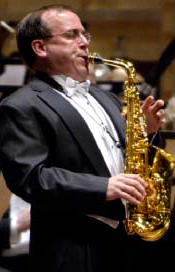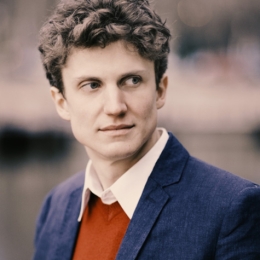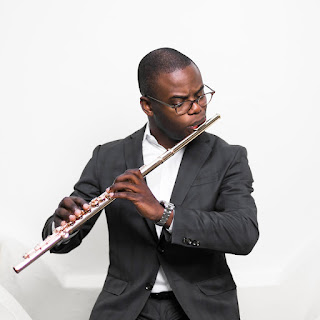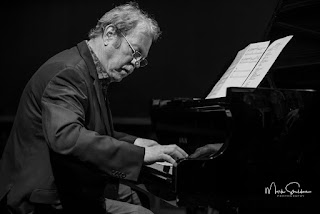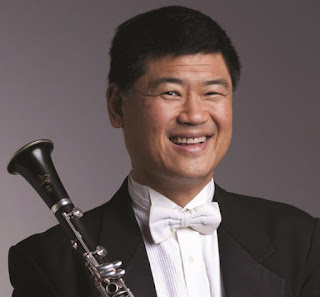Augusta Read Thomas: A rare focus on a living composer's new music highlights this season

Twice this season the composer Augusta Read Thomas has come down from Chicago to hear new Two major works by Augusta Read Thomas have been heard this season here. works performed at Hilbert Circle Theatre. This weekend it's the turn of "Toward a Secret Sky," a cantata commissioned by the Indianapolis Symphonic Choir, which is giving the premiere in two performances, along with the Indianapolis Symphony Orchestra . The second is at 5:30 p.m. today. The ISO in February gave the local premiere of her piece titled "Sun Dance," co-commissioned with other orchestras. Indianapolis audiences have thus had ample opportunity to become familiar with Thomas' bright, detailed, sometimes ecstatic manner of composition for large forces. In "Toward a Secret Sky," using texts from the medieval Sufi poet Rumi, Thomas has come up with musical settings, in nine movements without interruption, that strive to capture a spirituality reassuring everyone of its permanent,
